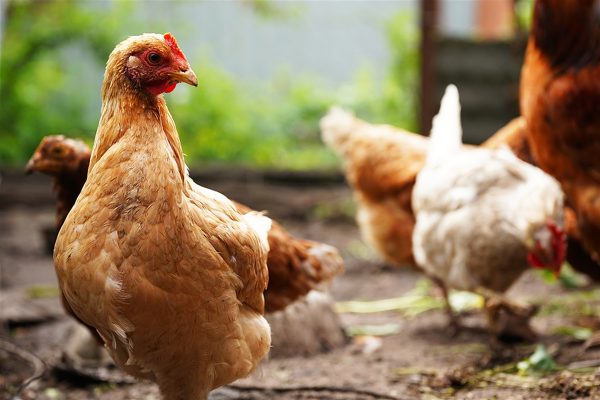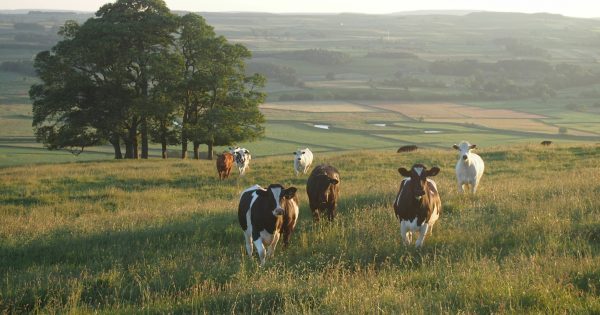A grave reminder to the ongoing threat posed by infectious illnesses such as Avian influenza A(H7N9) virus, avian influenza (HPAI) A(H5N1), and A(H5N6) viruses— the world is currently dealing with an increasingly severe bird flu pandemic, whose rapid spread has resulted in a concerning health disaster. The impact spreads out on multiple levels, from overwhelmed healthcare systems to problems in international supply chains, emphasizing the urgent need for global coordination of action. Despite the difficulties, united scientific initiatives demonstrate humanity’s ability to keep going in the face of difficulty and provide hope for control and management.
According to the U.S Centers for Disease Control and Prevention, they stated, “In April 2024, the U.S. Department of Agriculture Animal and Plant Health Inspection Service (USDA-APHIS) confirmed the detection of HPAI in commercial table egg layer flocks in Michigan and Texas.”
 Finding evidence of the bird flu in table egg layer flocks in Texas and Michigan is crucial for maintaining economic stability, maintaining sustainable agricultural methods, and protecting public health. Quick action is important for early detection in order to stop the virus from spreading both inside and outside of the affected areas. Fast action protects the authenticity of food supply chains and the poultry industry, which is essential for ensuring consumer health and preserving faith in the safety of food products. Since there is a chance that the bird flu could spread to people through animal transfer, timely diagnosis addresses public health issues.
Finding evidence of the bird flu in table egg layer flocks in Texas and Michigan is crucial for maintaining economic stability, maintaining sustainable agricultural methods, and protecting public health. Quick action is important for early detection in order to stop the virus from spreading both inside and outside of the affected areas. Fast action protects the authenticity of food supply chains and the poultry industry, which is essential for ensuring consumer health and preserving faith in the safety of food products. Since there is a chance that the bird flu could spread to people through animal transfer, timely diagnosis addresses public health issues.
According to the U.S Centers for Disease Control and Prevention, they stated, “H5N1 bird flu is widespread in wild birds worldwide and is causing outbreaks in poultry and U.S. dairy cows with one recent human case in a U.S. dairy worker.”
 The spread of bird flu to other species, despite it being linked to bird populations originally, demonstrates the complexity of infectious diseases and their ability to transcend species boundaries. When it comes to dairy cows, the consequences can be dreadful, impacting not just the animals’ health and well-being but also the supply chains and milk output. Since dairy products are essential to a human diet, any disruption in their supply might have a significant impact on both public health and food security. Beyond the agricultural industry, the economic effects of avian flu on dairy cows affect economies and lives that depend on the production of dairy products. Therefore, it is critical to treat avian flu in a variety of species, including dairy cows, in order to protect animal welfare, guarantee food security.
The spread of bird flu to other species, despite it being linked to bird populations originally, demonstrates the complexity of infectious diseases and their ability to transcend species boundaries. When it comes to dairy cows, the consequences can be dreadful, impacting not just the animals’ health and well-being but also the supply chains and milk output. Since dairy products are essential to a human diet, any disruption in their supply might have a significant impact on both public health and food security. Beyond the agricultural industry, the economic effects of avian flu on dairy cows affect economies and lives that depend on the production of dairy products. Therefore, it is critical to treat avian flu in a variety of species, including dairy cows, in order to protect animal welfare, guarantee food security.
As seen by previous instances involving the H5N1 and H7N9 strains, a virus can cause extensive outbreaks or even pandemics if it transcends the species barrier as seen with the transfer from birds to cows. Bird flu infections in humans can cause serious respiratory diseases, hospital stays, or nothing major at all according to Centers for Disease Control and Prevention. The recent appearance of animal illnesses, such as bird flu, further emphasizes the need for integrated methods to disease surveillance, prevention, and control because it shows how intertwined human, animal, and environmental health are.
Furthermore, to deal with the bird flu pandemic, people must improve security measures on farms to stop the virus from spreading and increase monitoring for early detection in poultry and wild birds. It’s critical to be prepared for public health emergencies by gathering antivirals and educating medical professionals. Chances for transfers can be decreased by educating the public about good hygiene practices and avoiding contact with ill birds. Along with international cooperation, funding research for better diagnostics, treatments, and vaccines is also crucial. By working together, people can greatly reduce the negative effects of avian flu on the health of people and animals.







